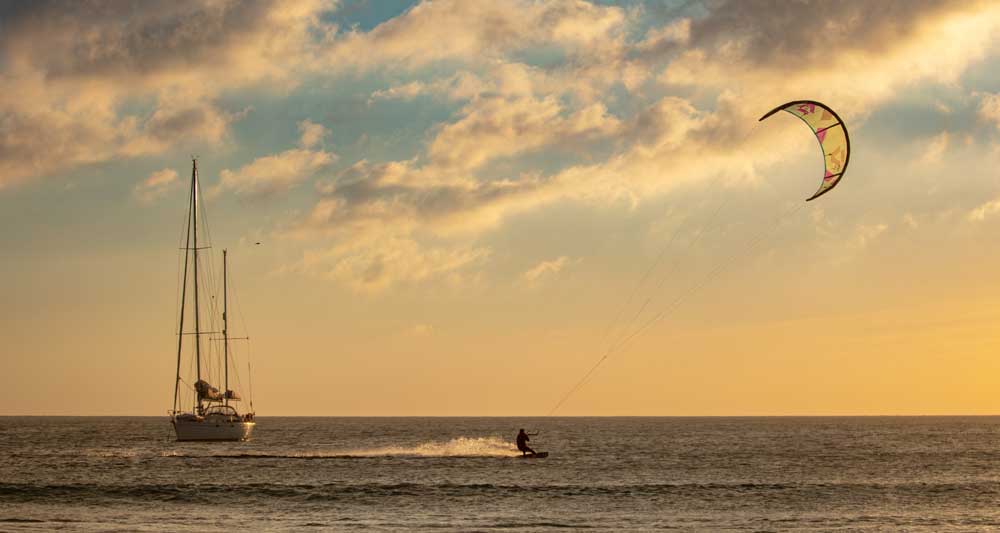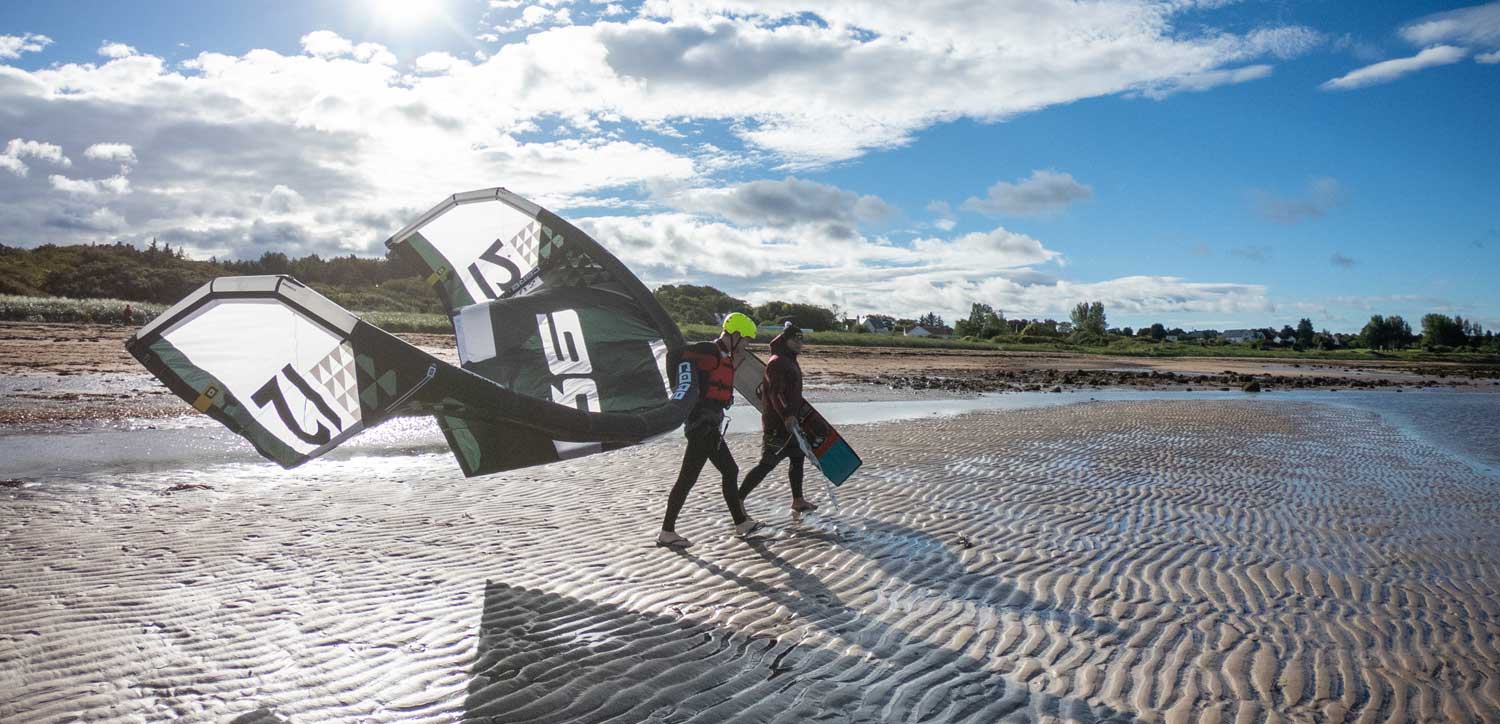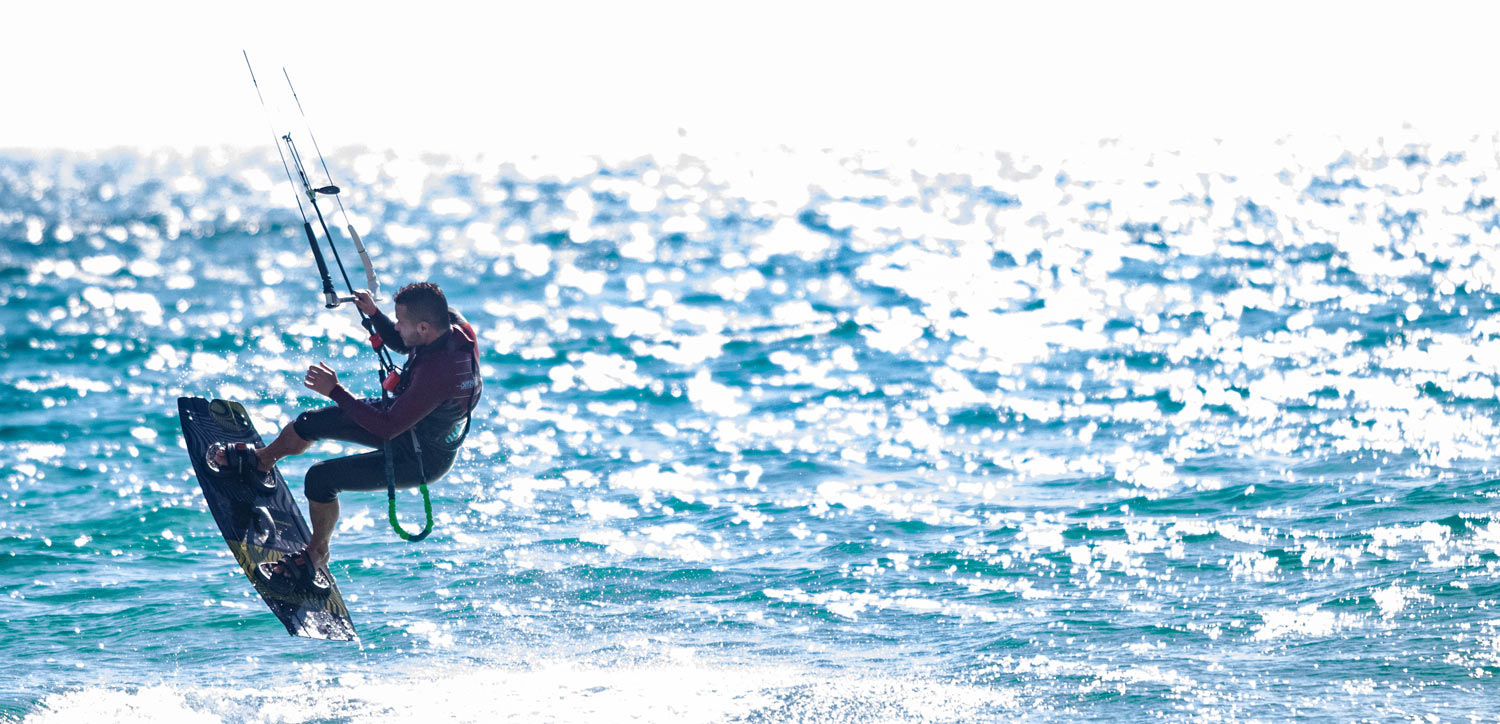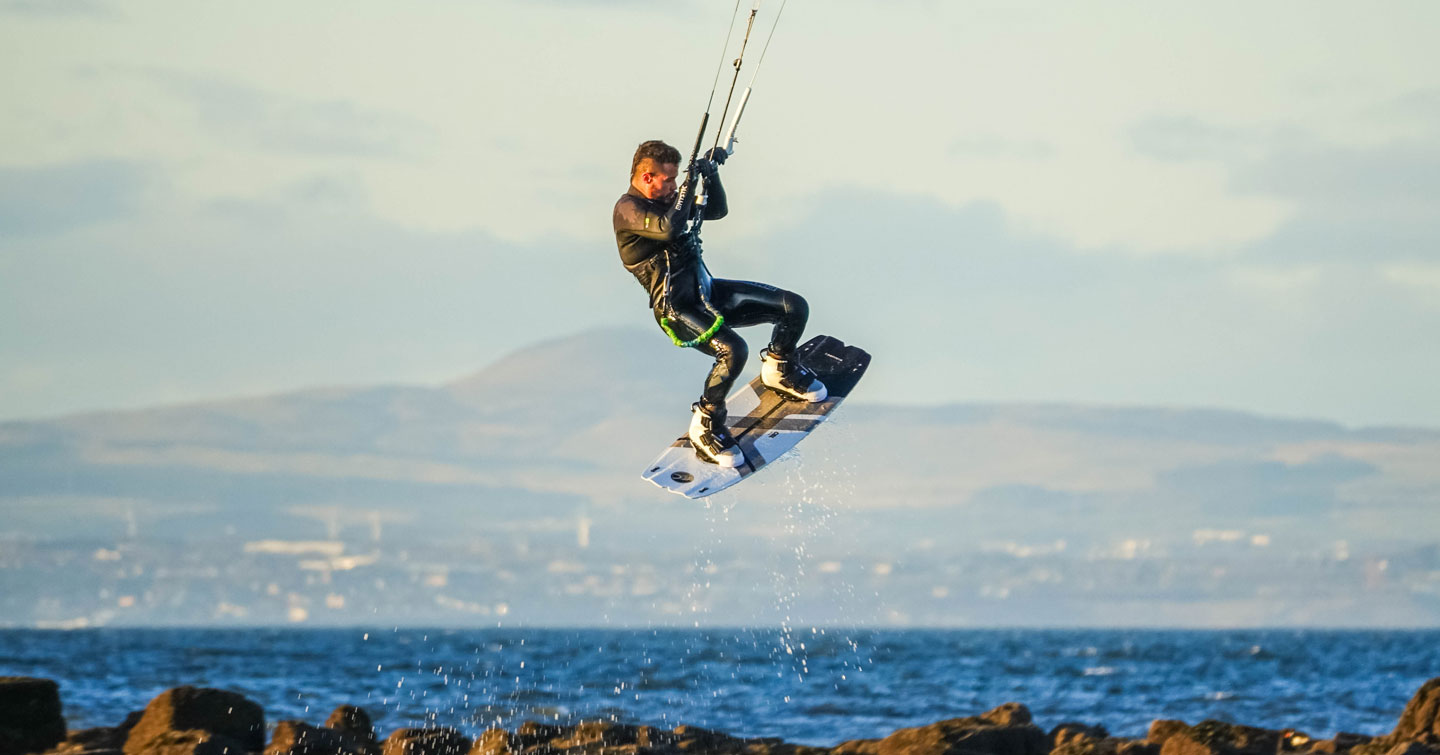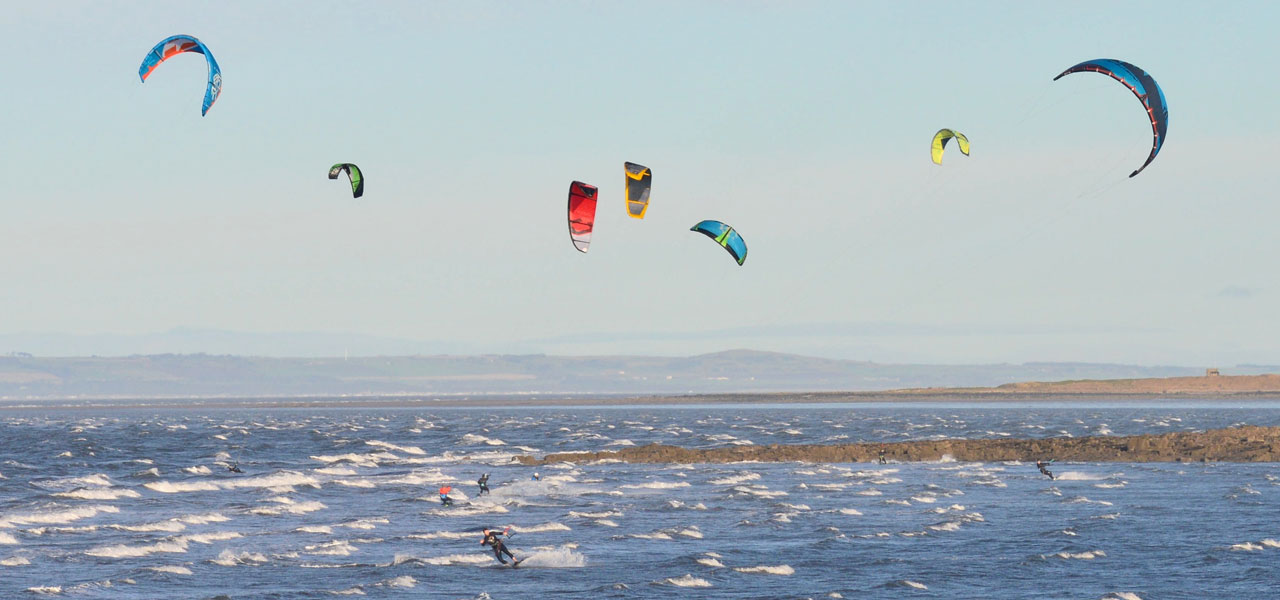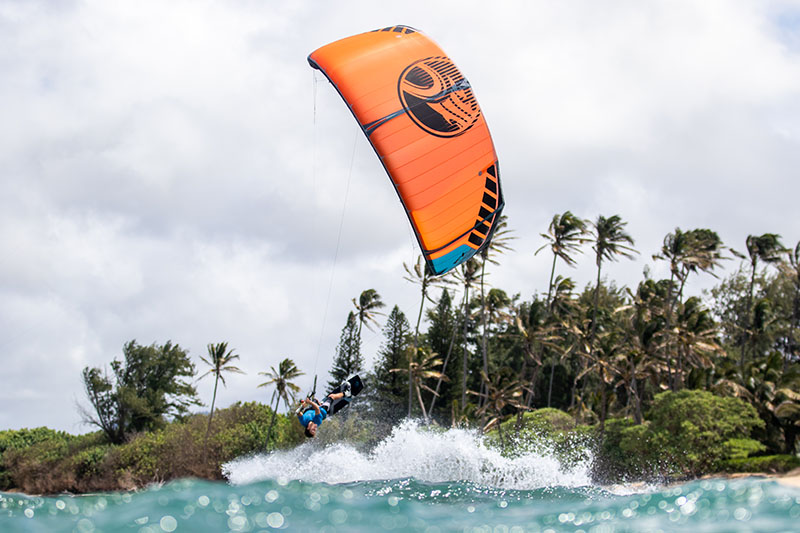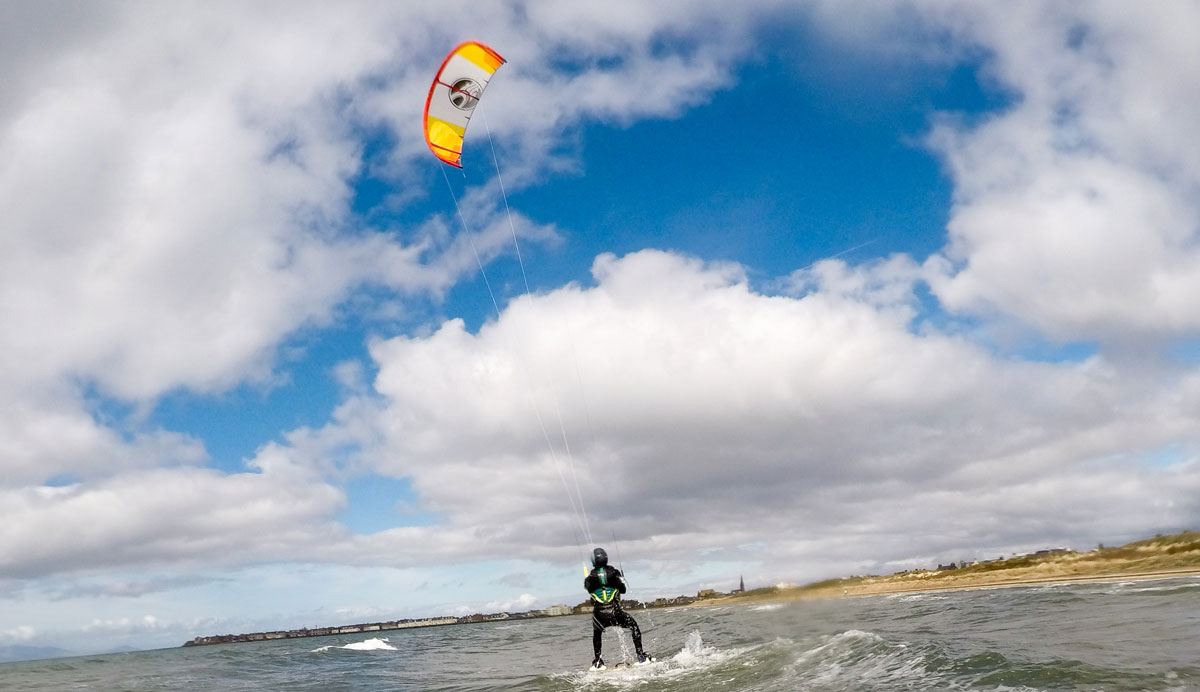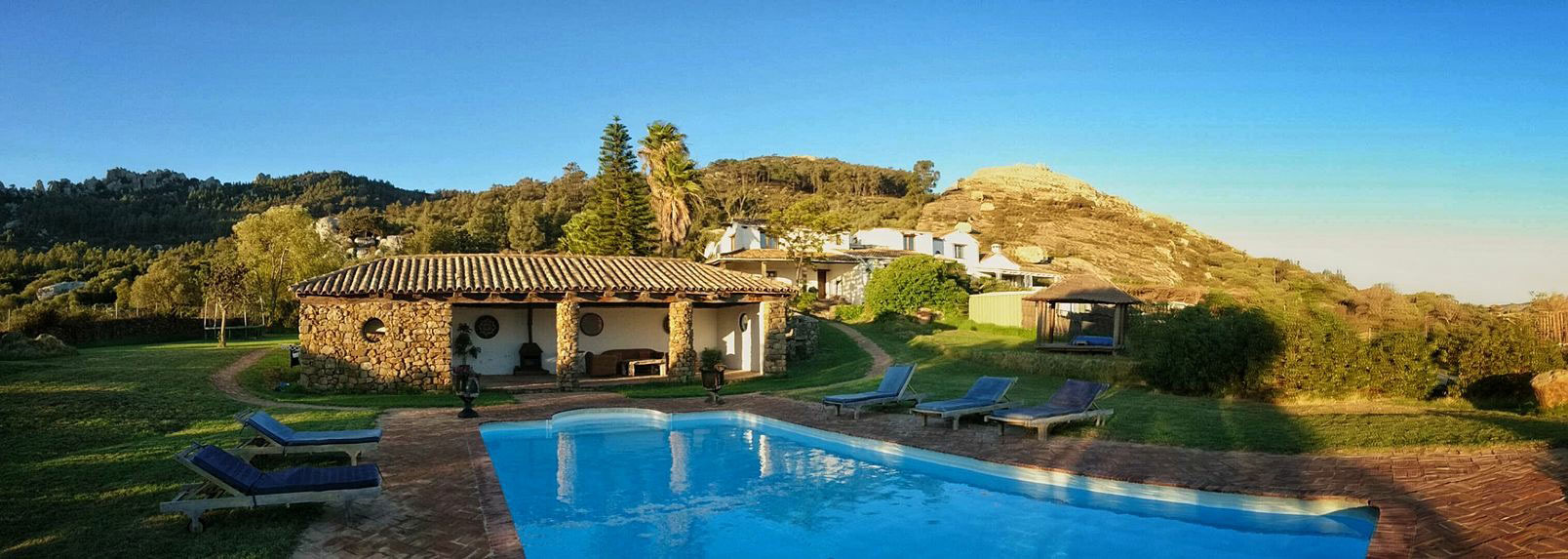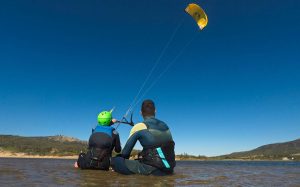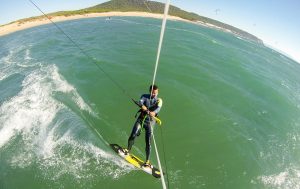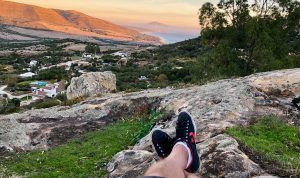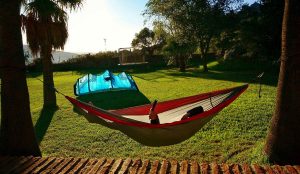Benefits of Kitesurfing
Kitesurfing is not just an exhilarating and thrilling water sport; it also offers numerous health benefits that contribute to overall physical and mental well-being. Whether you’re a beginner or an experienced rider, kitesurfing provides a unique opportunity to engage your body and mind while enjoying the beauty of the natural elements. Especially in Scotland, where we host our kitesurfing lessons near Edinburgh. Ready to take first step into the most breathtaking sport in the world whilst doing lots of good for your body and mind? Let’s explore some of the notable health benefits of kitesurfing.

